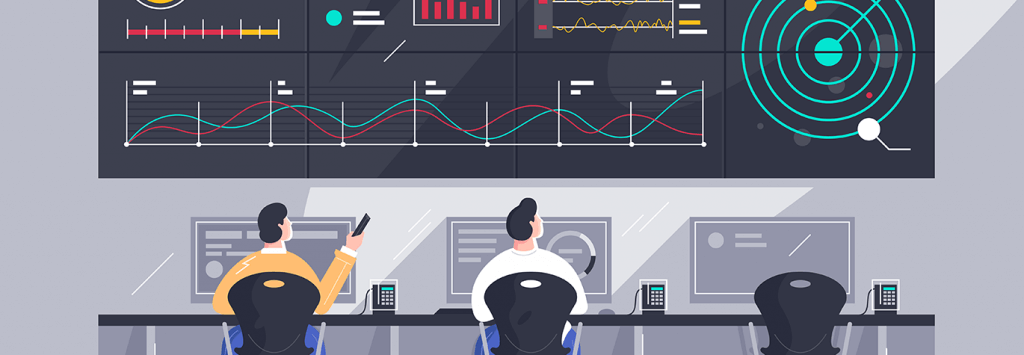Our blog has talked so much about data centers. We have explained its definition, its types, its advantages and many more. We know by now that data centers are the heart of large businesses and organizations. They provide competitive advantage, more space, secure environment and are cost effective. However, without network monitoring, many things could go wrong, and I mean MANY things.
Interested? Let’s dive in to talk about more!
First of all, what is network monitoring?
In order to explain network monitoring, we have 2 concepts to understand first: network and monitoring.
In our modern generation where almost everything relies on technology, many businesses cannot operate without having networks. A network is simply the means of connecting 2 or more devices. They can be both with wires and nowadays mostly wireless. Do not worry, almost every laptop, desktop, phone has a built-in wireless network. Now, in order for computers to share information, send emails, photos videos, etc. they need networks. Of course, there are other ways to exchange information, such as hard drives, CDs, USB…
Another name for networks is LAN, which stands for Local Area Network. LAN includes all devices which are in the same physical area connected together. This doesn’t mean it is a small network, it can be inside a house, a building, a school or even an enterprise. Since I mentioned LAN, let me explain what WAN is. You guessed it, Wide Area Network, which covers large geographical areas.
Now that we explained what a network is and what other names it has, what do we mean by monitoring. Monitoring by its definition means watching, keeping an eye, observing. This is exactly what we mean in network monitoring, keeping a track of the network behavior. Network monitoring is the process of analyzing, mapping to ensure efficient and optimal performance. It provides crucial information in real time, utilized by the IT department and administration.
It is important to monitor a network closely, because when a network fails to work and breaches, the flow of information stops, therefore your business stops. Your ability to deliver great performance will no longer be an option.
What are some common network devices?

- Hub: connects LAN components together. It is the simplest form of networking device.
- Routers : We all know what a router is, the thing we turn on and off when our family tells us to “fix the internet” thus making us tech geniuses. Routers connect people to the net.
- Switches: Thanks to switches, many devices such as servers, computers, and printers all connect and send each other information.
- Servers : servers are home to your information; it is where it lives. Servers take the request from a device user and takes the corresponding actions.
If you want to learn more, visit our blog Coloco!!

